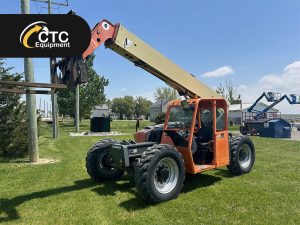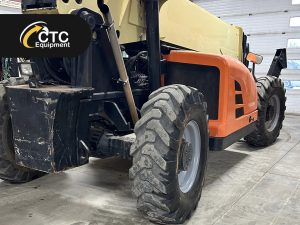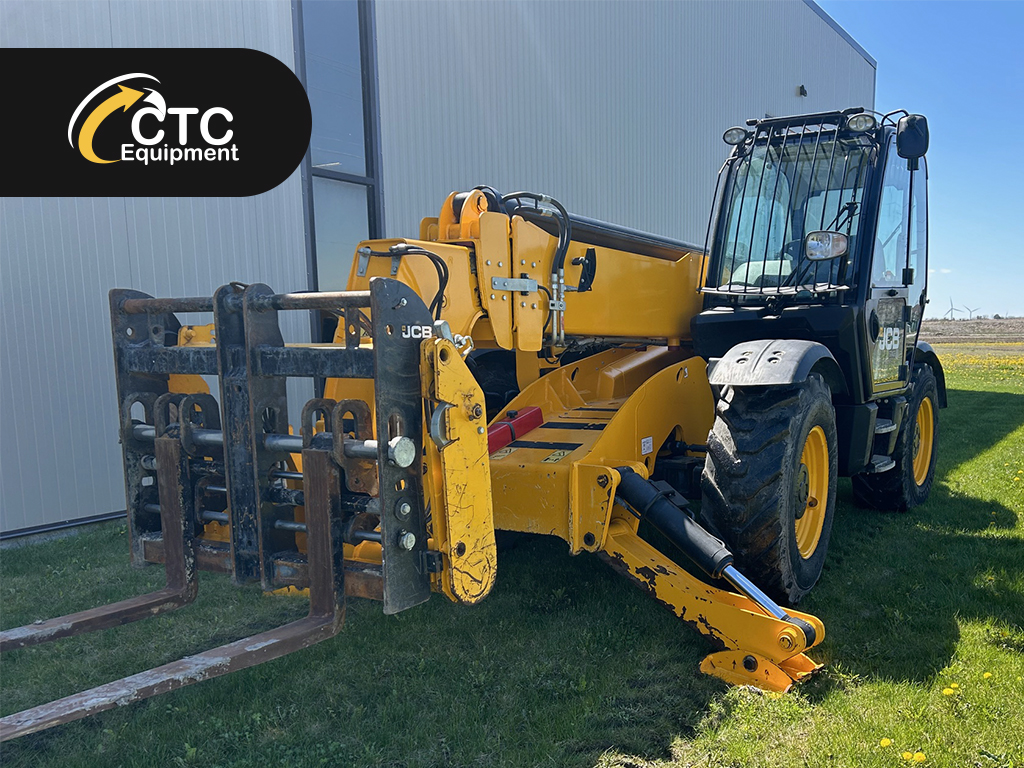Telehandlers, also known as telescopic handlers or boom lifts, are versatile machines that find applications across various industries, from construction and warehousing to landscaping and beyond. With their unique capabilities and adaptable designs, telehandlers offer a multitude of benefits that streamline operations and improve productivity. This exploration highlights the diverse advantages that telehandlers bring to different sectors, demonstrating their value as indispensable tools in modern workplaces.
1. Versatility:
Telehandlers are renowned for their versatility, serving as multi-functional workhorses capable of handling a wide range of tasks. Equipped with telescopic booms that extend vertically and horizontally, these machines excel at lifting, reaching, and manoeuvring in confined spaces. Whether it’s lifting pallets at a construction site, stacking materials in a warehouse, or moving bulky items on a landscaping project, telehandlers offer unparalleled flexibility to meet diverse operational needs.
 2. Increased Reach and Height:
2. Increased Reach and Height:
One of the primary advantages of telehandlers is their ability to access elevated areas with ease. With telescopic booms that extend upwards, telehandlers provide operators with increased reach and height, allowing them to lift and place loads at greater distances and heights than traditional forklifts or cranes. This capability is particularly beneficial in construction projects, where materials need to be lifted to upper floors or roof levels, as well as in agriculture, where hay bales or feed need to be stacked in barn lofts or high shelves.
3. Efficient Material Handling:
Telehandlers are invaluable tools for efficient material handling, thanks to their ability to lift, carry, and place loads with precision. Equipped with various attachments such as forks, buckets, and grapples, telehandlers can handle a wide range of materials, including pallets, lumber, concrete, and bulk aggregates. Their telescopic booms and hydraulic controls enable operators to maneuver loads with ease, reducing manual labor and minimizing the risk of damage or accidents. Whether it’s loading/unloading trucks, arranging materials on a job site, or transporting supplies across uneven terrain, telehandlers excel at optimizing material handling operations.
 4. Enhanced Manoeuvrability:
4. Enhanced Manoeuvrability:
Despite their robust capabilities, telehandlers are surprisingly agile and manoeuvrable, thanks to their compact designs and articulated steering systems. Unlike traditional cranes or forklifts, telehandlers can navigate tight spaces, narrow aisles, and uneven terrain with ease, making them ideal for working in confined or challenging environments. This agility translates to increased efficiency and productivity, as operators can move seamlessly between different areas of a job site or warehouse without delays or disruptions.
5. Safety and Operator Comfort:
Telehandlers prioritize safety and operator comfort, with features designed to enhance workplace safety and minimize operator fatigue. From enclosed cabs with ergonomic controls and adjustable seats to panoramic visibility and advanced safety systems, telehandlers offer a comfortable and secure working environment for operators. Additionally, features such as load sensing systems, stabilizers, and overload protection devices ensure safe and stable operation, reducing the risk of accidents and injuries on the job.
In summary, telehandlers are versatile machines that offer a multitude of benefits across various industries. From their versatility and increased reach to efficient material handling and enhanced maneuverability, telehandlers play a vital role in streamlining operations and improving productivity in modern workplaces. With their focus on safety, comfort, and performance, telehandlers continue to be indispensable tools for businesses seeking efficient and cost-effective solutions for their material handling needs.


Share This Article
Choose Your Platform: Facebook Twitter Google Plus Linkedin